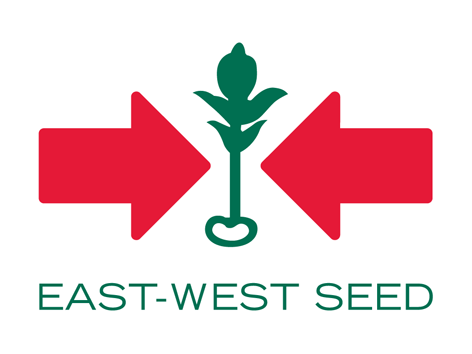Causal Agent:
Fungus (Alternaria brassicicola)
| Characteristic Symptoms: | |
 |
All aboveground parts of the plants are affected. |
 |
Lesions on leaves start as small, dark spots that gradually enlarge and turn brown to gray with concentric zones resembling that of a target. Lesions may have purplish or blackish border, chlorotic halo is evident if surrounding area of the leaf is still green. |
 |
Older plants are more susceptible that the younger ones. |
| Conditions for Disease Development | |
 |
Wet weather conditions, relative humidity above 95% and temperature range of 28-31°C are necessary for spore germination and infection. |
 |
The pathogen can survive on infected plant debris and on the soil and are spread by wind, rain splashes and runoff water.
|
 |
It can survive in the soil. |
 |
The bacteria can spread by insects and by cultural practices such as irrigation and farm equipments/machinery. |
 |
Infection is through damaged areas, often caused by fertilizer burn or hail injury in the field, but can be associated with the damage during harvesting. |
| Management and Control: | |
 |
Maintain good field sanitation, remove infected plants/plant parts and dispose properly.
|
 |
Crop rotation with non-host crop for at least 3 years to reduce the amount of primary inoculum. |
 |
Remove volunteer and weedy crucifers that may serve as alternate hosts for the pathogen.
|
 |
Spray with copper-based fungicides (e.g. Cupravit®, Vitigran Blue®, Nordox 50®), Mancozeb (Dithane M-45®) or Chlorothalonil (Daconil 2787®) at the initial onset of the disease. |
References
Compendium of Brassica Diseases by APS (2007)
To view other diseases, click here.
Need more help? Ask the Doctor.




